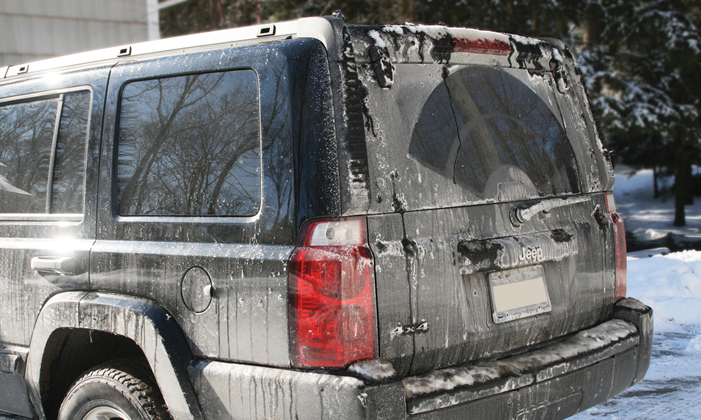Part 1 – Preventative Car Wash Maintenance for Winter

As an operator of a car wash, planning for winter can be overwhelming because of the many issues that need to be addressed. The best way to tackle all the items is to develop a plan of attack. Many operators “claim” they have a winter preparations plan but many times it’s “all up in their head”. As a good owner/operator once told me if you don’t have it written down, it’s not a plan. With that in mind, one should take the time now and write down a list of items needing to be addressed; consider it a brainstorm session. Include categories: building maintenance, equipment preventative maintenance, back up supplies and lot maintenance. The following are some common equipment items that one should consider when developing one’s plan.
Equipment Preventative Maintenance
Weep System
- Weep sensors need to be cross checked to verify they are reading the correct temperature. Using a handheld temperature gauge, the displayed temperatures in your vehicle and/or the local weather forecast to verify your sensor is within three degrees plus or minus. If your sensor is outside of this range a good investment may be to have it serviced and/or replaced. Keep in mind if your sensor is in direct sunlight this will affect the reading.
- Weep control solenoids need to be checked for proper operation. Since weep systems operate using normally open solenoids operators tend to unplug their control systems in the summer and shut the water supply off to the solenoid. Periodically, check to make sure the solenoid is opening and closing properly. By shutting off the water supply for long periods of time, this creates a place for any loose debris to build up. The resulting debris (line oxidation and/or contamination) can plug up the solenoid and create major issues when the first freeze hits. Water flow will be restricted causing unnecessary freeze ups.
Floor Heat System
- Recirculation pumps should be jogged throughout the summer to keep the impellors and seals lubricated. If the pump will not turn over, shut it off and disconnect the power at the main breaker. Using a pair of pliers, grip and rotate the shaft. Once the impeller is loose, turn the power back on and jog the pump.
- Run the entire system for 30 minutes once per month – check for any leaks in the associated plumbing and proper anti-freeze level. Check intake and discharge venting for obstructions.
- If your roof trough heat system is integrated into the floor heat system make sure to cycle it and check for leaks or suspect lines, changing where appropriate.
Boilers
- If you heat water year round this is a non-issue. If you do not, follow the same plan as the floor heat system. Run the boiler for 30 minutes once a month. Look for leaks, check intake and discharge venting for obstructions.
Pumps
- Depending on what make and model of high pressure pumps you have follow the manufactures guidelines for changing oil, inspecting high and low pressure seals and greasing (if required) the electric motors. Make sure to follow the manufactures guidelines. Over and/or under lubrication can cause severe damage to pumps and motors.
After reviewing some of the basic winter preparation items, one must keep in mind that all car washes are different. Each wash has its own special nuances which must be accounted for. Make documented plans accordingly. Engage the plan by assigning responsibility to individual(s) and document when the task was completed. Post your customized plan in the pump room or most visible location.

